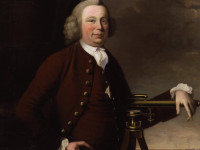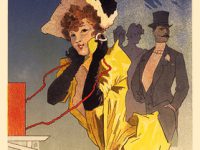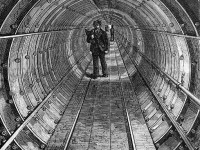The Dornier Do X – the World’s Largest Seaplane
On November 5, 1930, the Dornier Do X, the largest, heaviest, and most powerful flying boat in the world took off for a demonstration test flight to the Netherlands, England, France, Spain, and Portugal. After a delay due to technical problems, the Do X continued her journey to Cape Verde and Brazil to finally reach New York on August 27, 1931. The Largest Plane in the World The Do X was a…
Read more











